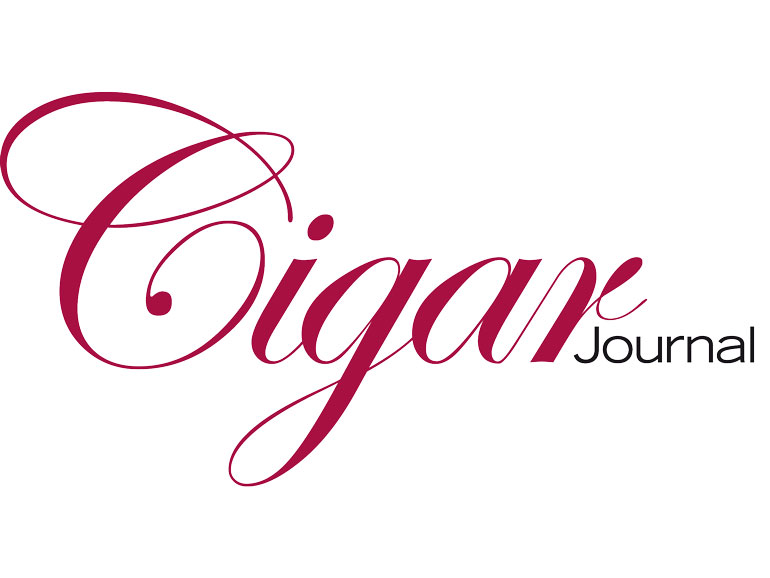
The Douro River, “Durius” by the Romans [Duero in Spanish], got its name from the water that flows through it. The Celtic peoples who settled the area before the arrival of Caesar’s legions named the river after it: “Dur” (water). And it can be assumed that those peoples knew no other water than the holy Duero. The river, about 900 kilometers long, crosses the Iberian Peninsula from the Urbión peaks in the province of Soria to its mouth in the Portuguese city of Porto. Along its course there is a strip of flourishing life that has shaped the culture of both countries for thousands of years, allowing the world renowned wine to flourish in countless vineyards. With one winegrowing region around Porto, two others in Portugal, followed by seven regions on Spanish territory, ten different winegrowing cultures cavort over less than a thousand kilometers. Not bad for a river called Water. Undoubtedly the most famous of the seven Spanish regions is called Ribera del Duero. It is known for prestigious brands such as Vega Sicilia, Pesquera, Emilio Moro, Pingus, Pago de Carraovejas, Matarromera, Protos, and Valduero. Up to 1,200 various wines, most of them red, but also rosés and white wines, are produced there in 270 wineries. Since many of them are open to the public, a new kind of travelling developed some time ago – wine tourism.
THE MUSEUM OF WINE
The small town of Peñafiel with only about 5,000 inhabitants in the Valladolid province is one of the nerve centers of the Ribera del Duero. It lives from and for wine. More than one hundred different bodegas open their doors there under the watchful eye of an imposing medieval castle, which from its hill already lets travelers know from afar that they have almost reached their destination. The best way to get from Madrid to Peñafiel is to rent a car. The route first takes you 150 kilometers north on the national road A1 to Aranda de Duero, the capital of Ribera del Duero, and then 30 kilometers east on the N122, an ordinary road in very good condition, towards Valladolid. From there it does not take long until the castle slowly becomes visible on the horizon. Within its stone walls, the construction of which began in the 10th century, the Museo Provincial del Vino (Provincial Muse um of Wine) has been housed since 1999. Every year, more than 100,000 wine lovers make a pilgrimage to this place.
The museum’s exhibition traces the historic development of the wine zone, whose origins date back 2,500 years, and provides information about the technical processing of the worldfamous wines. There is also a hall for guided wine tastings, courses, and professional wine tastings.

José María Palacios, general director of Casa del Tabaco, signs a piece of barrique wood from the Condega brand in Valduero
To get to the castle, it is best to park your car at the foot of the hill and take advantage of the free bus services provided during the museum’s opening hours.
RECOMMENDED BODEGAS
Many of the bodegas in Ribera are open to visitors. Of these are two that are best prepared for tourism and also nurture a relationship with tobacco: Valduero, in Gumiel de Mercado (Province of Burgos), and Emilio Moro, in a small village called Pesquera de Duero, less than eight kilo meters north of Peñafiel.
Emilio Moro is a large familyowned winery that has been producing some of the most famous wines from Ribera, such as the Malleolus, for generations. The current owner, José Moro, is also a cigar lover and Embajador del Habano (Ambassador of the Habano). During the guided tour, guests learn about more than the production process, the history of the winery as well as the different varieties and aging processes. At the end, a wine tasting is offered on the upper floor.

Thanks to wine tourism, culinary culture and wine in Spain can be enjoyed right at the source
The range of winerelated activities is very diverse and includes visits, food menus, wine tastings, and more – all prices can be found on the website. If you are looking for more than a simple sightseeing tour, you must make a reservation. Company parties and meetings are also possible at Emilio Moro. Last year, for instance, the international sales meeting of La Aurora Cigars was held there.
In Gumiel de Mercado, 13 kilometers north west of Aranda de Duero, you will find Bodegas Valduero. An excursion there is highly recommended, if only because of its exceptional construction. The bodega is housed in a building from the 15th century and right next door to it is a hill in which a one kilometerlong tunnel was created to allow the wines to mature at a depth of 40 meters. Halfway through the tunnel is the Membresía la Tenada (the Member’s Corral), where there are barricas (barrels) on display for which individuals or companies have taken over sponsorship. Among them, you will come across the cigar brand Condega and its manufacturer, La Casa Del Tabaco. The Museum of Contemporary Art integrated into the winery is also worth a visit. Here the works of the participants of the annually held art competition El Arte de Valduero are exhibited. All the art works more or less refer to the world of wine and its components. And finally, the dininghall of the estate cannot go unmentioned. Here, alongside firstclass Spanish cuisine and wine tastings, there is also an unforgettable view of the Castilla plateau. This plateau in the center of Spain appears to be endless and is populated with vines as far as the eye can see. To visit Valduero or to dine there, a reservation is required.

One of the most visited bodegas in Ribera del Duero: Emilio Moro
HOW, WHEN, WHERE
Castile and Léon, the region of Spain in which the Ribera del Duero extends, has long been overlooked by tourism, though its history and culture are almost unrivalled in Spain. The best time to visit the region is in spring or at the end of summer, May or September, when the climate is mild and usually quite dry. Of course, it can always rain. In winter it is very cold on the Spanish plateau, but in summer it can get extremely hot.
The capital of Ribera, Aranda de Duero, is an enchanting Spanish town with about 32,000 inhabitants and offers adequate accommodation for every budget. From Madrid, it only takes around one and a half hours on the highway. In this city, which seems like a big village, wine drinking is almost obligatory, and just as indispensable as the local specialty of roast lamb with salad (cordero asado con ensalada). Unfortunately, Spanish law does not allow smoking inside establishments. However, weather permitting, you can find nice terraces in the pedestrian areas of Aranda de Duero where cigar smokers are always welcome, as long as they drink wine. Just do not order water, not even as a tribute to the Douro.
Photos: Javier Blanco Urgoiti






